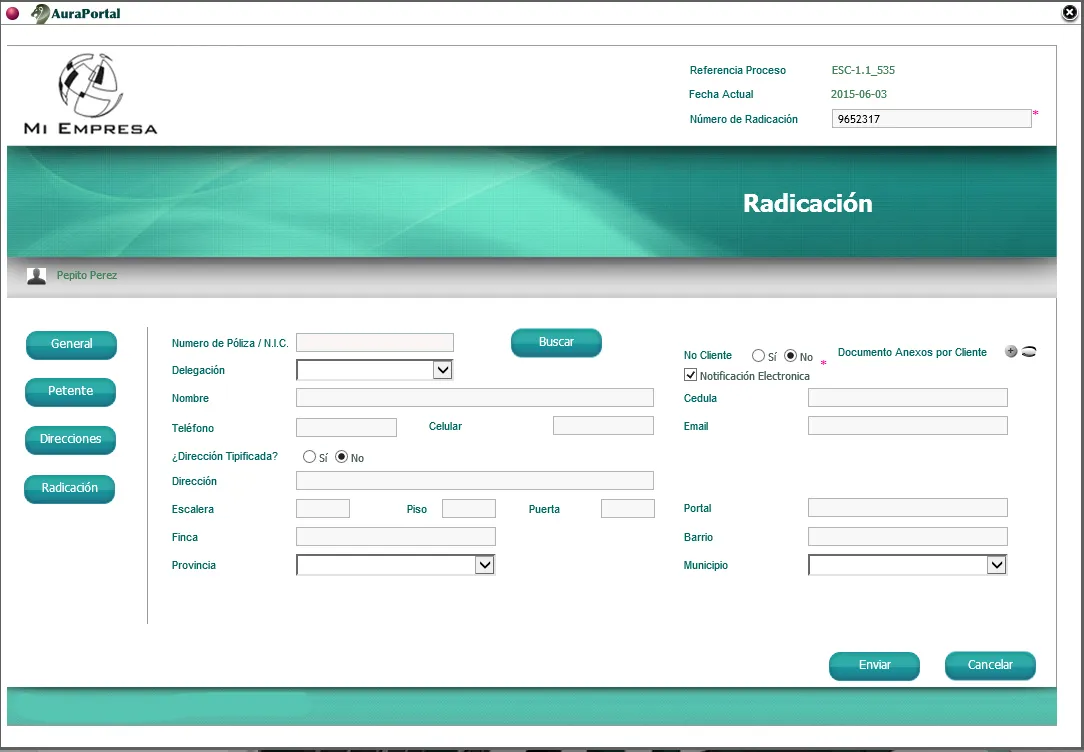Claims and Complaint Management
Blog: AuraQuantic Blog
Claims and Complaint Management is a process which exists in the majority of companies and optimizing its performance may be more complex than it seems.
The main reason for implementing a Claims and Complaint Management process using an iBPMS is the facility it provides to adhere to predetermined time limits, some of which are stipulated by law. With an effective iBPMS implementation all the processes will have time controls connected to alarms. The alarms automatically notify the people responsible for the process, hereby substantially increasing management efficiency.
The alert system is optimized further as the system performs load balancing, i.e. the system sends the alert to the employee with the lightest workload at that time, ensuring the claim or complaint is dealt with as quickly as possible.
In order to achieve the correct process implementation, in this case example, a main process is configured and connected to several sub-processes which help to control all the possible conditions and potential variables involved in performing Claims and Complaint Management, given that this management can have varying levels of difficulty and complications depending on the specific case.
In a Claims and Complaint Management case, the main process is called the General Flow. This General Flow may require any of the specified sub-processes in the entity’s specific case depending on the actions that may or may not be fulfilled according to data provided by the customer.
This is all controlled from the company’s specific Portal in AuraPortal.
The sub-processes involved in this case are the following:
- Electronic Notification Process: Controls the dispatch of notifications via e-mail, if the customer has provided an e-mail address.
- Personal Notification Process: allows the Administrative Act acquisition and printing for customers who visit the general office for notifications in person (with prior appointment). Once the customer has been notified, the signed document is scanned, which initiates the process, and is uploaded into AuraPortal iBPMS as evidence of the notification.
- Publication process: Manages the publication of replies to the customers who have not provided an address (neither e-mail nor postal). In this case the replies are printed and displayed on a board in the office and removed when the legal publication time period has expired.
- Notification Process by Notice: Generates the automatic documents which correspond to the cases in which customers do not turn up to be notified personally after receiving the appointment. After generating the documents they will be sent by the appropriate Correspondence process.
 Image: Form to initiate the Claims and Complaint Management process.
Image: Form to initiate the Claims and Complaint Management process.
As many sub-processes as deemed necessary by the entity can be added to the process but simply with the sub-processes mentioned above the Claims and Complaint Management will be automated and its effectiveness will significantly improve.
Another important aspect is that the iBPMS automation is undertaken with the complete integration of different external systems to those used by the entity, such as SGC, OpenSCG, OnBase… through the execution of Scripts and Web Service innovation. Thus the acquisition and implementation of AuraPortal is adaptive but not intrusive. All the processes have time controls with notifications (alarms), which is very important to ensure regulatory compliance and increase efficiency.
Besides the time control notifications, the general Claims and Complaint Management can be supervised at any time by checking the reports and indicators.
Load balancing is always performed to ensure the task is assigned the employee with the most available time therefore the advantages are evident.